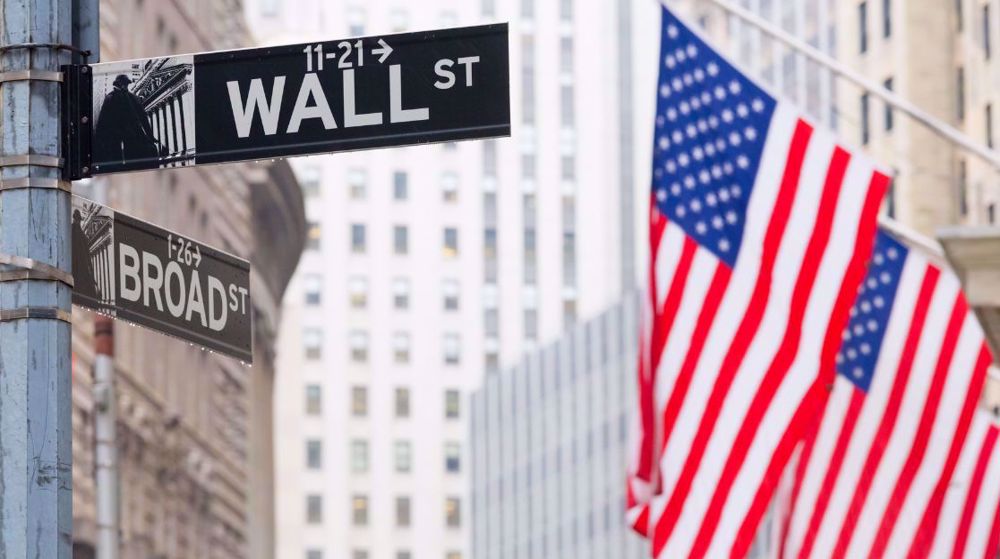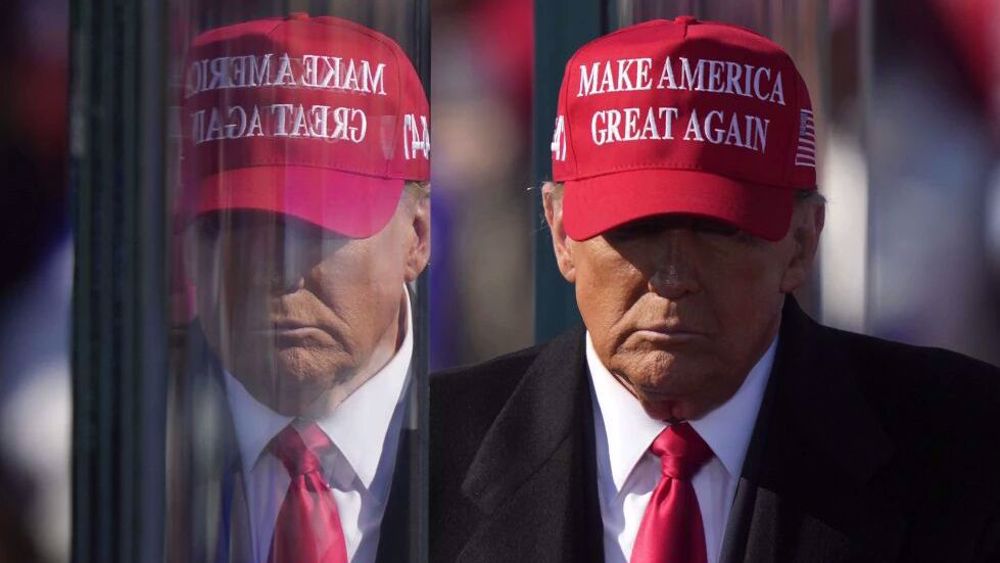Federal minimum wage slightly rises in 14 US states
Fourteen US states and several cities have decided to marginally increase the federal minimum wage of $7.25 an hour after six years passed without any increase.
According to a report published by the National Conference of State Legislatures on Friday, California and Massachusetts saw the highest increase, with minimum wages rising from $9 to $10.
Meanwhile, South Dakota had the smallest increase, a nickel, with the minimum wages per hour standing now at $8.55.
People in Arkansas experienced the second smallest increase with their wages going up from $7.50 to $8.
Other states affected by the move include Alaska, Colorado, Connecticut, Hawaii, Michigan, Nebraska, New York, Rhode Island, Vermont and West Virginia.
The increases come following a series of "living wage" protests across many US cities over low hourly wages.
In November, thousands of protesters held demonstrations in 270 cities, demanding a $15-an-hour minimum wage and union rights for fast food workers.
Food service workers now constitute the largest group of minimum-wage earners in the United States, according to the Bureau of Labor Statistics.
While the advocates of the decision argue a higher minimum wage would help poor people, the opponents assert that the move would have an impact on employment and company profits.
A federal minimum wage of up to $12 an hour, phased in over five years or so, "would not have a noticeable effect on employment,” said Alan Krueger, an economics professor at Princeton University and former chairman of Obama's Council of Economic Advisers.
Krueger said that employers may cut jobs in response to an increase in a minimum wage, however, others may be able to fill job vacancies and reduce turnover, which would increase employment, but reduce profits.
Over the past recent years, a large number of states and municipalities have acted independently in regard to wage floor policies.
Presently, 29 US states plus the District of Columbia and about two dozen cities and counties have put their minimum wage at levels higher than the federal minimum.
VIDEO | Press TV's news headlines
VIDEO | US-Israeli genocide: Will Gazans see ceasefire deal achieved?
VIDEO | Grief strikes Parachinar: 44 lives lost in terror attack
VIDEO | Yemen’s armed forces target Israeli airbase amid nationwide pro-Palestinian rallies
Putin vows more test of new hypersonic missile
VIDEO | Jordanians continue rallies to denounce Israeli genocide in Gaza, Lebanon
6 Israeli soldiers commit suicide: Reports
Diplomat discourages recourse to pressure, intimidation, confrontation against Iran















 This makes it easy to access the Press TV website
This makes it easy to access the Press TV website